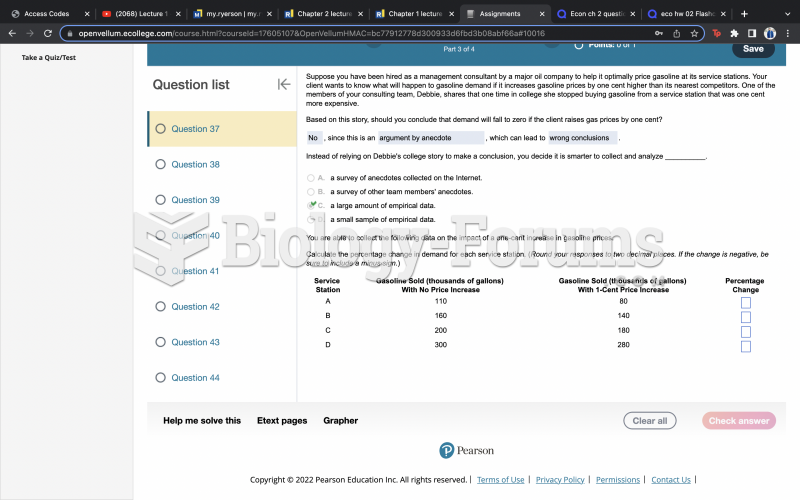Answer to Question 1
As product comes off the assembly line, the handoff from production operations to logistics begins. Packaging plays important roles in the smooth transfer of finished goods from the plant to the distribution center and customer locations. Package design issues can affect labor and facility efficiency. Well-designed packaging facilitates efficient handling and shipping of the products, keeping landed costs in check.
Package design impacts an organization's ability to use space and equipment. The design must promote effective space utilization in the production facility and distribution centers. The physical dimensions of products and packaging must fall within the capabilities of existing materials-handling equipment at the factory, distribution centers, and customer locations. A major packaging concern is the ease of handling in relation to materials handling and transportation. Handling ease is quite important to the production manager, whose labor must be used to place the goods in the packages. Another primary concern is protecting the goods in the package.
With customer service playing an ever-increasing role in the supply chain, companies need to integrate their packages with customers' materials-handling equipment. Also, packaging plays a key role in providing information about the package contents. Properly identified packages and reusable containers make it easier for production personnel to locate goods needed by the workcenter or assembly line. Barcodes, RFID tags, and other auto-ID tools can be attached to or built into the packaging to make product information more readily accessible.
Answer to Question 2
Retail outlets are classified according to a number of criteria. They can be compared by the extent of the manager's ownership. Some are independent retailers (e.g., a local artist's gallery, the local florist, a village baker), and others are branded store chains (e.g., Clarks, Timberland) or franchises (e.g., Sonic, Midas). Alternatively, we can categorize retailers by their level of service, which tends to be positively related to their price points, from Costco and SuperValu to Neiman Marcus and Macy's.
Most frequently though, marketers and industry discussions classify stores by their product lines. Specialty stores carry depth but not breadth; e.g., a store may carry only men's athletic shoes, but it does not carry table linens or children's clothing. The product assortment is broader at general merchandise retailers, such as department stores, which carry shoes, linens, and kids' clothes, but perhaps not as many brands of men's athletic shoes as the specialty shoe store. Other general retailers include the monster-sized mass merchandisers (e.g., discount warehouse clubs like Costco or Sam's or hypermarkets), or smaller general stores, such as convenience stores and drugstores.







